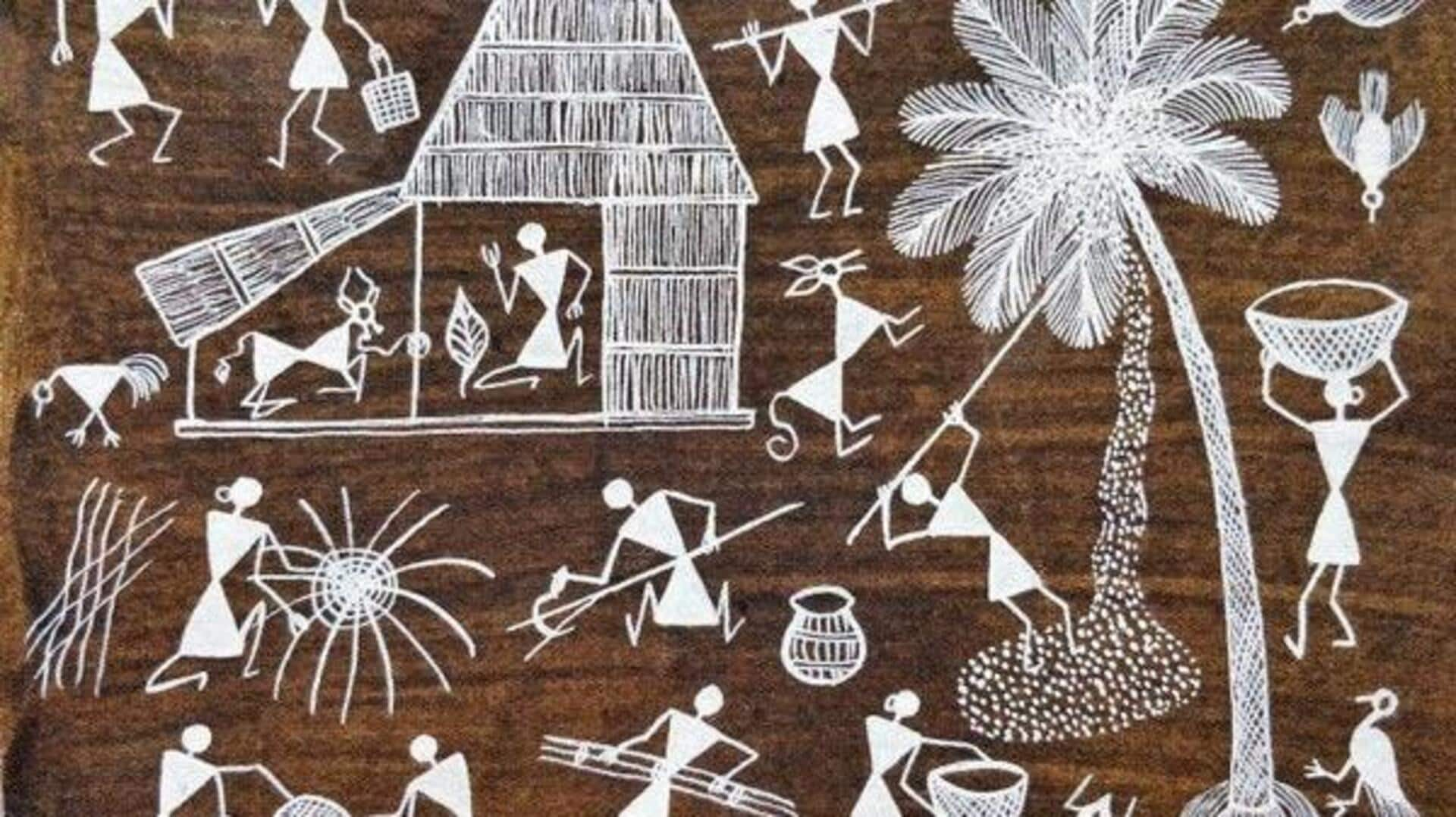
Warli art: Origin, history, and techniques
What's the story
Warli art is a traditional tribal art form that originated from the indigenous tribes of Maharashtra, India. Characterized by its simple yet expressive style, Warli paintings employ basic geometric shapes such as circles, triangles, and squares. The artworks typically depict daily life, nature, and social events. The art form has been recognized for its unique representation of rural life and cultural heritage.
#1
Origins and history
Warli art goes back to circa 2,500 BCE. It used to be practiced mainly by the Warli tribe in Maharashtra's Thane district. The paintings were made on mud walls, using rice paste as paint. The ancient art form was a medium to narrate stories of everyday life and rituals.
#2
Unique techniques used
The technique uses a bamboo stick as a brush and rice paste as a medium on earthen backgrounds. The artists create intricate patterns with minimalistic designs that tell complex stories. The use of natural colors, sourced from soil and leaves, makes each piece all the more authentic.
#3
Cultural significance
Culturally, Warli paintings are also important as they depict the tribe's beliefs and traditions. They often depict farming activities, festivals, dances, and interactions with wildlife. The artwork not only serves as a piece of decoration but also as a historical record preserving the customs of the tribe.
#4
Modern adaptations
Over the last few years, Warli art has effortlessly moved into modern territory, appearing on textiles, home decor items, and fashion accessories. Artists have adeptly adapted the ancient style to suit contemporary tastes. They've done this by incorporating new materials into their work. However, they've also maintained the art form's soul by not changing its basic techniques or themes.